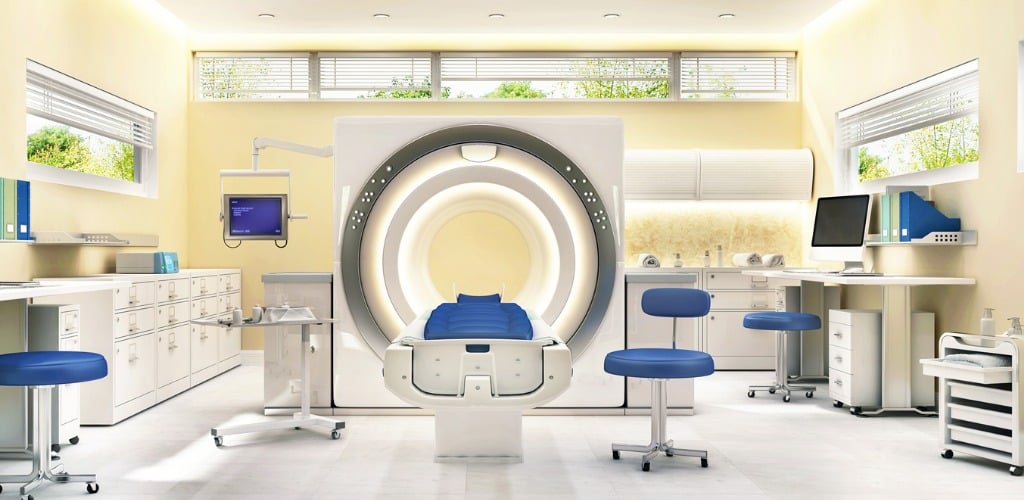Capital equipment can be thought of as costly equipment that can help generate income. What is most important is that the equipment should help the hospital deliver exceptional quality of patient care over an extended period of time.
Here are five primary characteristics of capital equipment:
1. Cost
Capital equipment is generally any piece of equipment whose cost is beyond a preset mark. This “set mark” will vary depending on the hospital. For instance, a small hospital may classify any equipment purchased at more than $1,000 as capital equipment. A larger hospital with enormous resources may classify capital equipment as those items purchased at more than $5,000.
Capital equipment can be stand-alone or supplementary. That is, they may be able to function independently or they may need to be used in conjunction with other equipment items in order to fulfill a particular function. For instance, software purchased together with, and physically installed in, a piece of capital hardware equipment may be capitalized.
Under this circumstance the "set mark" price becomes irrelevant for the software because without it, the hardware would be useless. However, if you later purchase separate software to improve the performance of the hardware, this software may be expensed if it is valued at less than the established "set mark" or capitalized if it costs more.
Equipment items that do not meet the "set mark" price individually may sometimes be bundled together to meet or exceed that "set mark" threshold cost. An example of such could be chairs for a waiting room. Individually, they may only cost $250 each, far below a $1,000 set mark for capital equipment. However, when purchased together, a group of just twelve would represent a purchase price of $3000 and so qualify to be capitalized.
2. Durability
Capital equipment items are durable. Any item that cannot be used for a whole year before it wears out or becomes obsolete should not be classified as capital equipment. Capital equipment items are not purchased to be sold or disposed of in the short term. Consumable and disposable items, even if they exceed the "set mark" threshold, cannot be considered as capital equipment.
3. Size
Capital equipment has on most occasions been associated with large, bulky items. While this is not completely untrue, not all capital equipment devices are big. For instance, a stand-by generator for $15,000 is definitely capital equipment. However, a defibrillator that costs $1,200 may also qualify as a capital equipment item even though it consumes much less space and is much lighter than the generator.
4. Tangibility
Capital equipment is also tangible and physical in nature. This means that it is material, can be touched, and it occupies space. It can be inventoried and tagged as an enduring asset. If an item is not tangible, it cannot be considered as capital equipment.
5. Use Life
Capital equipment items generally have a long use life, but are not permanent. They depreciate over time and may deteriorate or become outdated. Working with a medical equipment distributor like CME Corp gives you access to our Biomedical Equipment Technicians (BMETs) who carry out preventive maintenance and equipment repair that ensures patient safety, maximum productivity, and a longer use life. Typically, capital equipment has a life expectancy of 1 year or more, can be indexed as an asset, and may be amortized over a period of 5 to 10 years.
Summary
Capital equipment items occupy a very important place when outfitting newly constructed, expanded, or remodeled spaces. They represent those items that are not routinely purchased on a recurring basis.
Consequently, the efficient procurement, delivery, and installation of such items may benefit from the expertise of a medical CME and our direct-to-site delivery solutions. We work with equipment planners and buyers to oversee all aspects of your project, from the initial quote to completing the purchase, tracking your items, receiving your items, warehousing, staging, assembly, delivery, and installation. Your capital equipment should be procured from medical equipment professionals, and CME is here to simplify your experience with our turnkey logistics.
About CME: CME Corp is the nation’s premier source for healthcare equipment, turnkey logistics, and biomedical services, representing 2 million+ products from more than 2,000 manufacturers.
With two corporate offices and 35+ service centers, our mission is to help healthcare facilities nationwide reduce the cost of the equipment they purchase, make their equipment specification, delivery, installation, and maintenance processes more efficient, and help them seamlessly launch, renovate and expand on schedule. Feel free to contact us to learn how we can make your next move-in smoother and easier.



